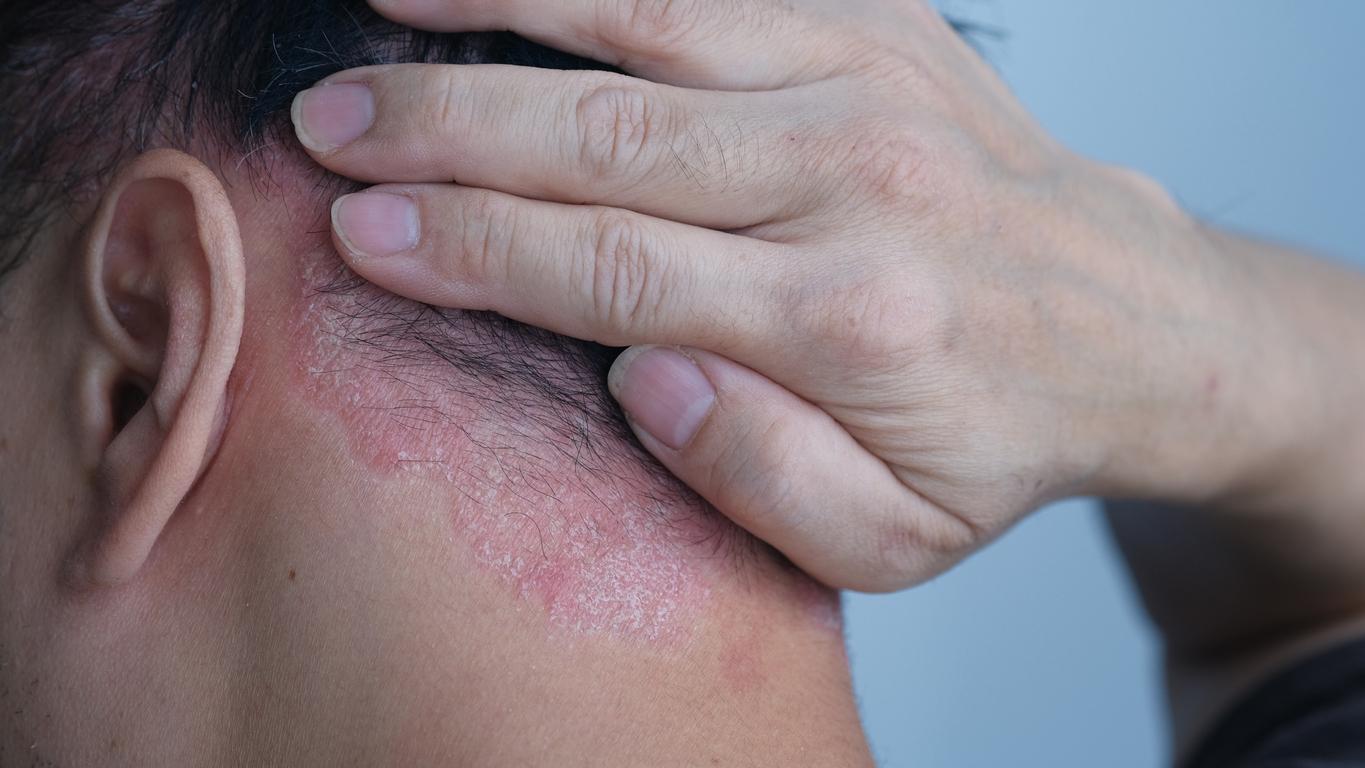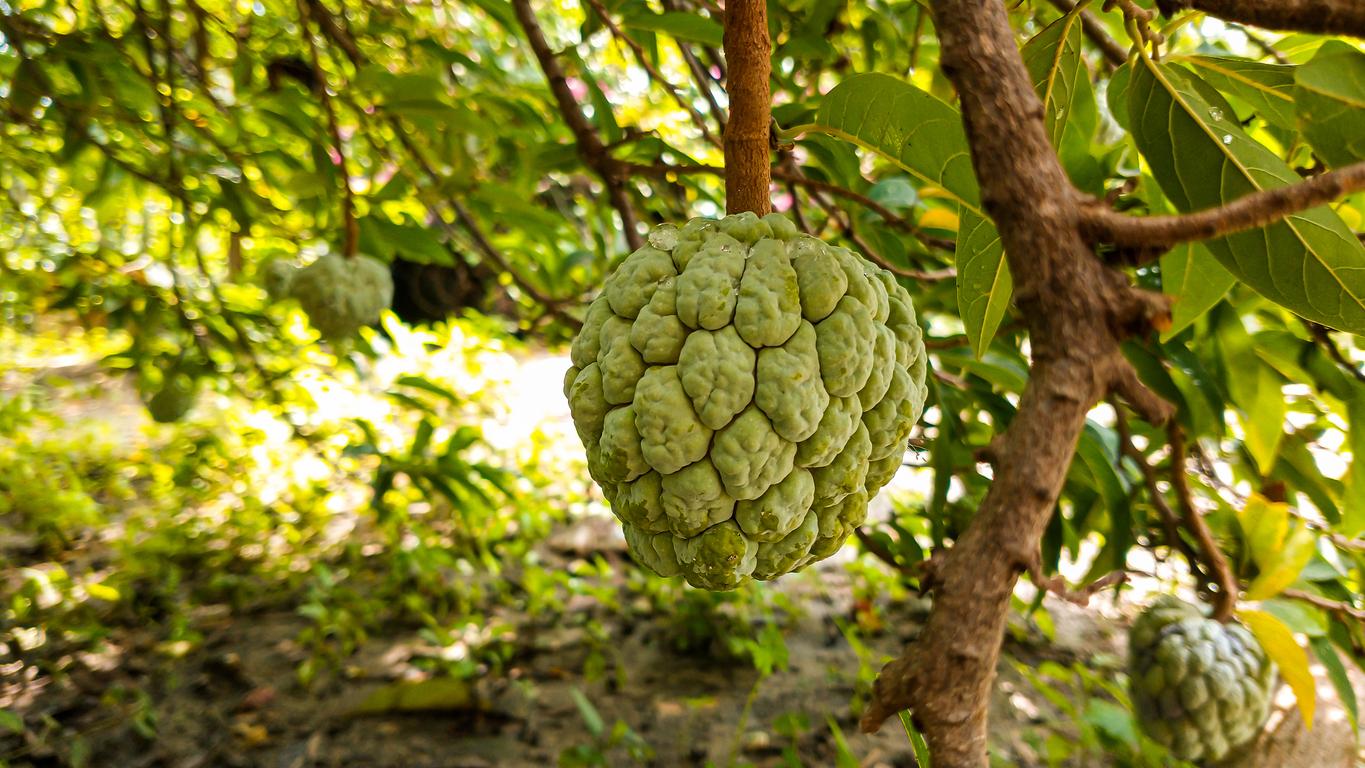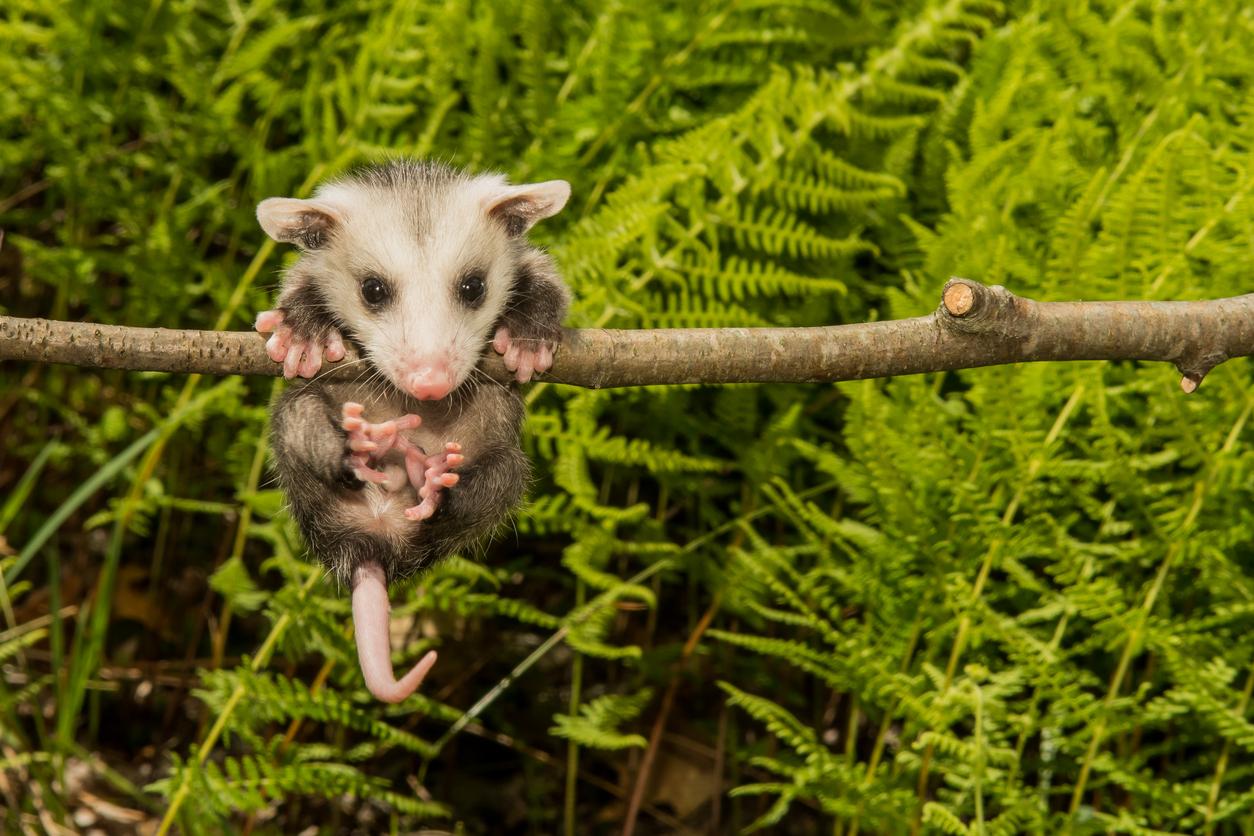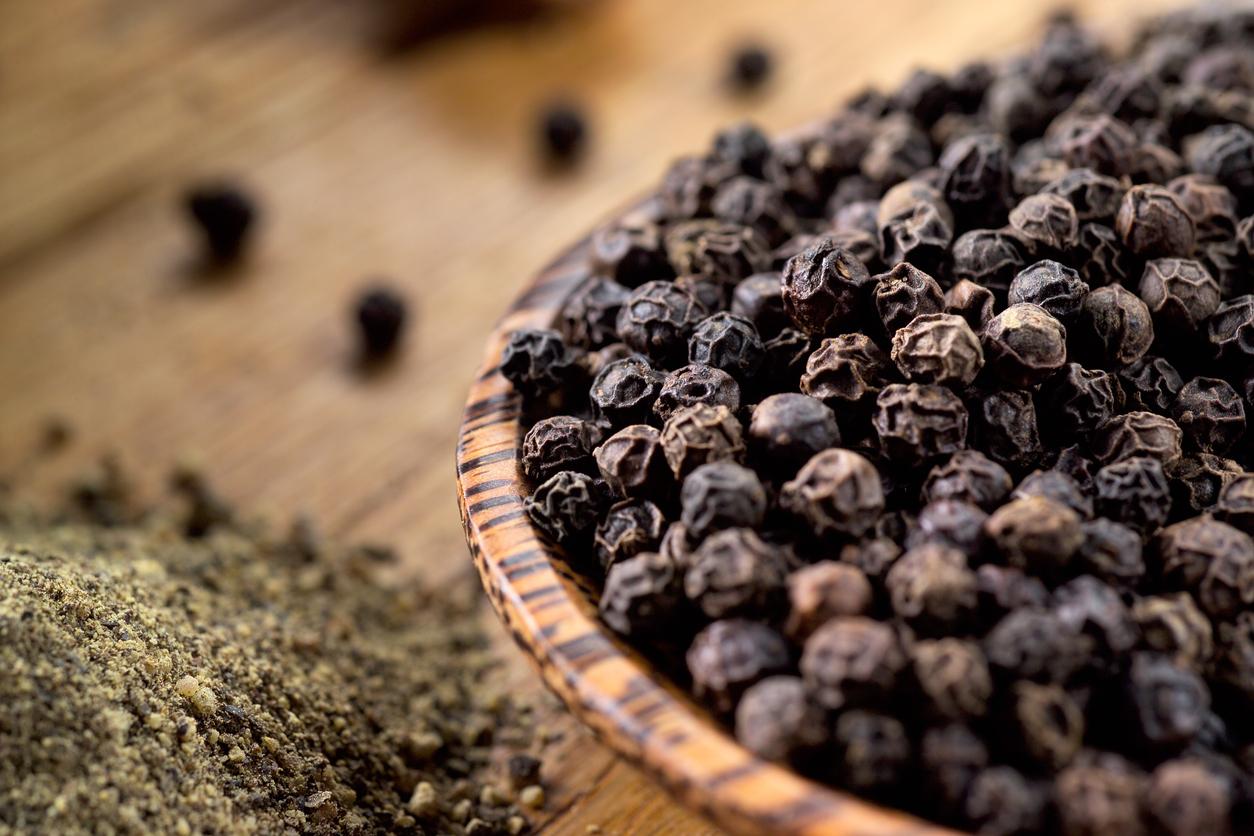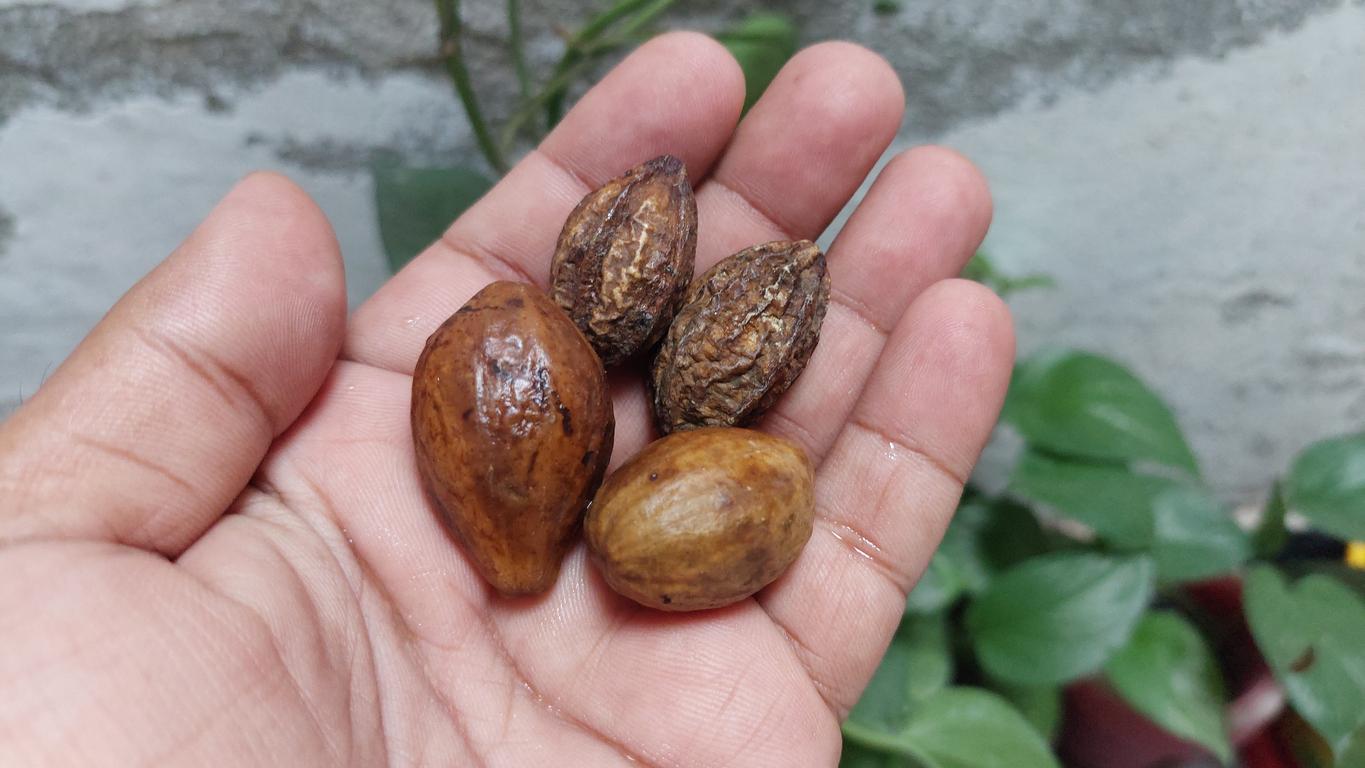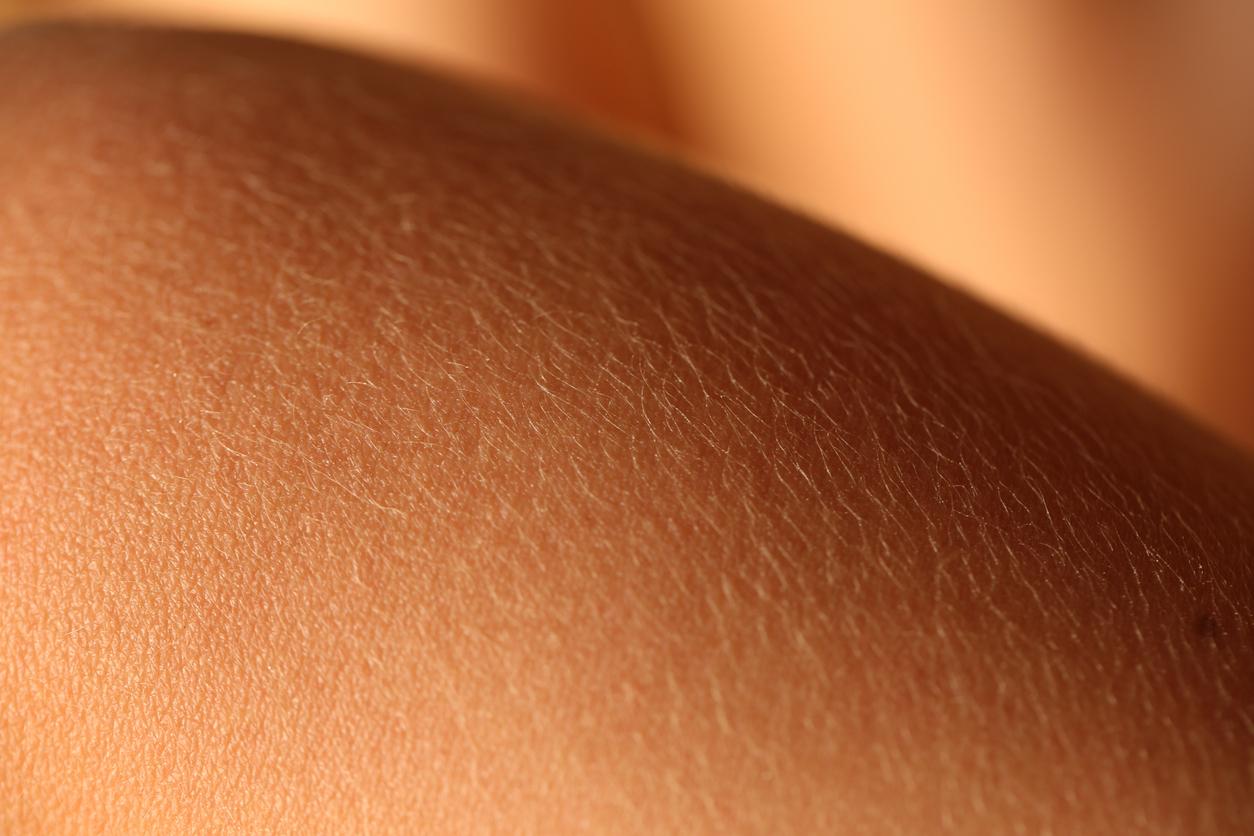Cocklebur, a plant considered a weed, is said to protect the skin, accelerate wound healing and prevent wrinkles.
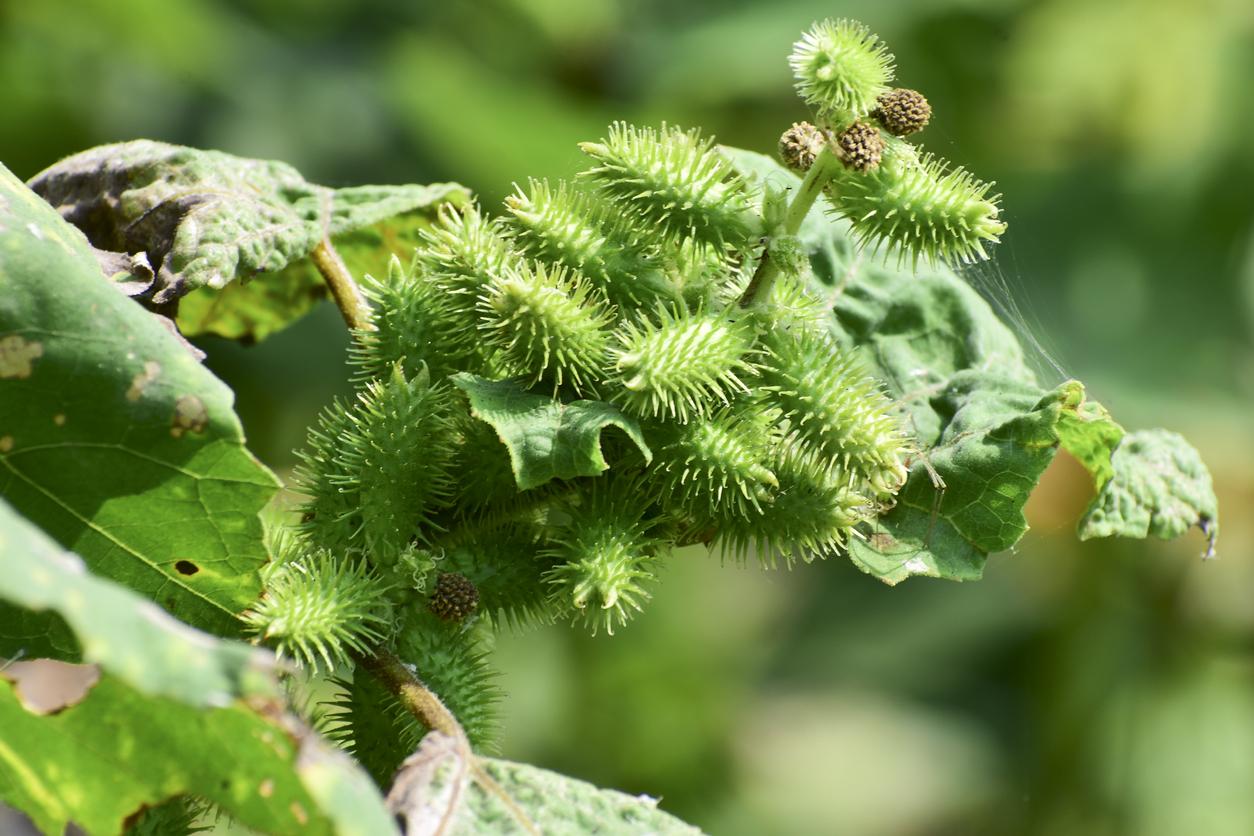
- Cocklebur is a common plant across the world and considered a weed.
- South Korean researchers have discovered that it has anti-aging and healing properties, and that it protects against UVB rays.
- If taken too much, it can become toxic to the liver.
Will we ever be able to heal ourselves with a weed? This is the theory of a South Korean research team. Researchers have found that the fruits of cocklebur, a plant considered a weed, contain antioxidant and anti-inflammatory compounds. This could make it a tool for protecting the skin.
Weed: what is cocklebur?
The plant is native to southern Europe, central Asia and China, but today it is found all over the world. The authors of the study point out that it is often found in wet or sandy areas such as roadside ditches and river banks. “Its fruits, covered with rigid husks and bracts, have been used for centuries in traditional medicine for headaches, stuffy nose, skin pigmentation disorders, diseases related to tuberculosis and rheumatoid arthritis. “they warn.
Skin: how did researchers discover the properties of this weed?
Presented at the annual meeting of the American Society for Biochemistry and Molecular Biology, in Seattle (United States), these scientific work focused first on the composition of the plant and its applications. The researchers observed the different properties of the fruit, then they isolated some of its potentially skin-beneficial compounds. Second, they used cell cultures and a 3D skin tissue model similar to human skin to “study how these compounds affect collagen production, wound healing, and UVB damage”.
Cockroaches: a weed with antioxidant, healing and protective properties
The authors of this study found that fruit extracts from the plant increased the production of collagen: this protein is associated with skin elasticity and can prevent wrinkles. But the fruits also made it possible to accelerate the healing of wounds and have a protective effect against UVB rays. “We found that cocklebur fruit has the potential to protect the skin and help improve collagen production.”, develops Eunsu Song, a doctoral student at Myongji University in South Korea, co-author of the research. “In this regard, it could be an attractive ingredient for creams or other cosmetic forms. It will probably show a synergistic effect if mixed with other effective compounds, such as hyaluronic acid or retinoic acid, against aging.”
Cockroaches: significant benefits, but beware of overdosing!
But this plant must be used with vigilance because its fruits also contain a toxic compound: carboxyatractyloside, which can damage the liver. “Cocklebur showed potential as a cosmetic agent by increasing collagen synthesis, however, results were negative with higher concentrationsadds Eunsu Song. Therefore, finding the right concentration seems very important and would be the key to marketing cocklebur fruit extracts in cosmetics..” In recent years, more scientific research has been devoted to this herb, including its potential applications in treatments for rheumatoid arthritis.










